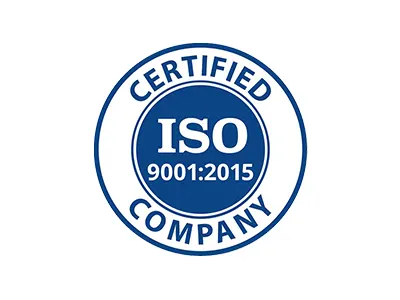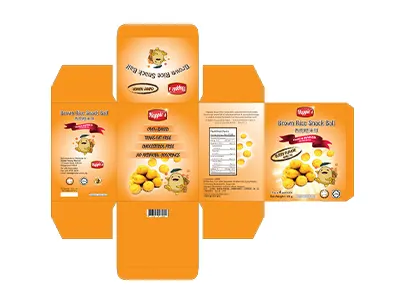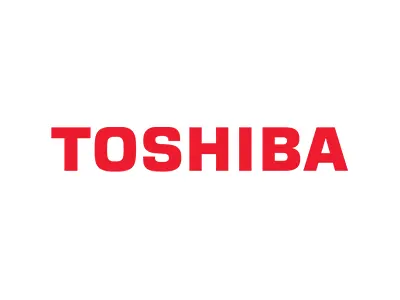Trademark Registration Online
Get your Trademark Registered
No Hidden Charges
Lowest Price Guarantee
Quick and Hassle-Free Process
Free Expert Assistance for Lifetime
Google Reviews
4.1
 No Hidden Charges
No Hidden Charges Lowest Price Guarantee
Lowest Price Guarantee Quick and Hassle-Free Process
Quick and Hassle-Free Process Free Expert Assistance for Lifetime
Free Expert Assistance for Lifetime4.1
Trademark registration is a legal process that distinguishes your brand from competitors and aids in identifying your products and services as their source. This unique identifier can take various forms, such as a company name, slogan, logo, or even a specific number. By registering your trademark, you gain exclusive rights to use it in connection with your business offerings, ensuring that others cannot use a similar mark without authorization. This protection enhances brand recognition and trust among consumers, making it a vital step for businesses seeking to establish and safeguard their unique identity in the marketplace.
Registering a trademark can indeed be a time-consuming process, as it typically takes anywhere from 6 months to 24 months, contingent upon the outcome of the Examination Report. To help streamline this process and gain insights into the expected turnaround time for registration, businesses often turn to professional services like "Docs Uncle." These services can provide a Brand Name Search Report, offering valuable information about the availability of your chosen trademark and potential obstacles in the registration process. This report aids in making informed decisions and expediting the trademark registration journey.
™ - Trademark Symbol: The "™" symbol is used to indicate that a word, phrase, logo, or other mark is being claimed as a trademark. It is often used to assert common-law trademark rights, even if the mark hasn't been officially registered with a government trademark office.
® - Registered Trademark Symbol: The "®" symbol is used to indicate that a trademark has been officially registered with a government trademark office, such as the United States Patent and Trademark Office (USPTO). This symbol should only be used in connection with marks that have received formal registration.
SM - Service Mark Symbol: The "SM" symbol is used to indicate that a word, phrase, or logo is being claimed as a service mark, specifically for services rather than physical goods. It serves the same purpose as the "™" symbol but is specific to services.
℠ - Service Mark Symbol (Alternative): Similar to "SM," this alternative service mark symbol is used to indicate a service mark.
Conducting a trademark search or trade name search is indeed a crucial step in the trademark registration process. It helps individuals and businesses assess the likelihood of successfully registering a brand name or mark. However, it's essential to understand that even if your brand name is unique, it doesn't guarantee automatic trademark registration. There are additional factors and criteria that trademark offices consider during the registration process. These factors may include the distinctiveness of the mark, its potential for confusion with existing marks, and compliance with legal requirements.
Prepare and file a trademark application with the relevant government agency responsible for trademark registration in your country (e.g., the United States Patent and Trademark Office - USPTO in the United States). The application should include details about your mark, the goods or services it will represent, and the class(es) in which it falls.
After your application is filed, it will be examined by the trademark office. Examiners check for compliance with the legal requirements and search for any conflicts with existing trademarks.
Trademark applications are periodically published in the Trademark Journal, typically every 14 days. If anyone has objections to a specific brand name, they can file an opposition with the trademark registrar. The window for raising objections lasts for 4 months from the date of issuance of the examination report. This process allows interested parties to challenge the registration of a trademark if they believe it infringes on their rights or if they have valid reasons to oppose it.
After completing 4 months of advertisement of the Trademark in the Trademark Journal, the registration certificate is issued digitally from the registrar of Trademark.
Trademarks typically need to be renewed periodically (e.g., every 10 years) to maintain their protection. It's the responsibility of the trademark owner to keep track of these renewal deadlines.
For Trademark registration, the following documents are required:
The Trademark registration cost for individuals, sole proprietors, MSMEs, and startups is only ₹5500
| Fee Type | Registration cost for Individual | Registration cost for Company |
|---|---|---|
| Trademark Government Fee | ₹ 4,500 per class | ₹ 9,000 per class |
| Trademark Professional Fee | ₹ 999 | ₹ 1,999 |
| Total Fees | ₹ 5,499 | ₹ 10,999 |
Basically a trademark is a brand or a logo that you use to distinguish your product from those of your competitors. The term Trademark is the legal term for “intellectual property”.
Trademark Registration is a legal procedure provided under the Trade Marks Act, 1999. Through trademark registration or you can say logo registration/brand registration, you can protect your brand or logo by restricting other people from using the same.
A phrase, word, symbol, device, or even color are all eligible for a trademark. Anything that distinguishes the goods of your party or company from another qualifies. However, the item must be used in a commercial setting to obtain protection from the law. Trademarks have a 10-year protection span.
Trademark searches refer to any action taken for the purpose of determining whether and/or a trademark is used in commerce. Trademark searches can be narrow in scope or can include results from every avenue for trademark protection for every mark is remotely similar to the mark that is the subject of the search. An appropriate search strategy will consider the nature of the mark, the nature of the goods/services the mark covers, the timeline for bringing the mark to commerce, and the applicant's allocation of reso

A product mark is a type of trademark that is used on goods or products rather than services. This type of trademark is designed to identify and distinguish the origin of a product and helps a business maintain its reputation and brand recognition. By affixing a product mark to their goods, businesses can convey to consumers that the product comes from a specific source, ensuring quality and consistency associated with that source. This helps in establishing trust and brand loyalty.

A service mark, also known as a trademark when used for goods, is indeed used to distinguish and identify a company's services rather than its physical products. Service marks are specifically employed to protect and set apart non-tangible products, such as services, rather than tangible goods. They serve as a means of branding and differentiating services provided by one entity from those offered by others.

A shape mark is a type of trademark that is made up of or extends to a three-dimensional shape, such as the shape of a product's container, packaging, or the product itself. These marks are used to protect and distinguish the unique shape or configuration of a product or its packaging as an indicator of the product's source. Shape marks are often associated with specific brands and can be used to convey a distinctive and recognizable image to consumers.

Certification marks are typically used to convey information about the quality, origin, content, or production methods of a product or the nature of a service. They are often found in industries where there is a need for third-party verification or where specific standards need to be met. Examples of certification marks include "Organic," "Fair Trade," "ISO 9001," or "UL" (Underwriters Laboratories) for electrical products.

Packaging identifiers are indeed used to provide more detailed information about a package's contents, particularly in the context of hazardous materials or dangerous goods transportation. These identifiers are essential for ensuring the safe handling and transportation of such materials and for compliance with various regulations.

A wordmark, also known as a word mark or logotype, is indeed a distinct typographic treatment of the name of a company, organization, or product. It is a type of logo that consists solely of the company's name or a specific word or phrase, rendered in a unique and stylized way. Wordmarks are often designed using custom fonts, lettering, or typography to create a distinctive and memorable visual representation of the brand.

we understand that your time is valuable,that's why we've designed a simple and fast process.

We offer a combination of exceptional affordability and high-quality professional services.

Our Customers love us. We enjoy tremendous trust in form of Google Rating

We offer a range of services, including startup registration, GST, ROC filing, payroll, and (IPR).